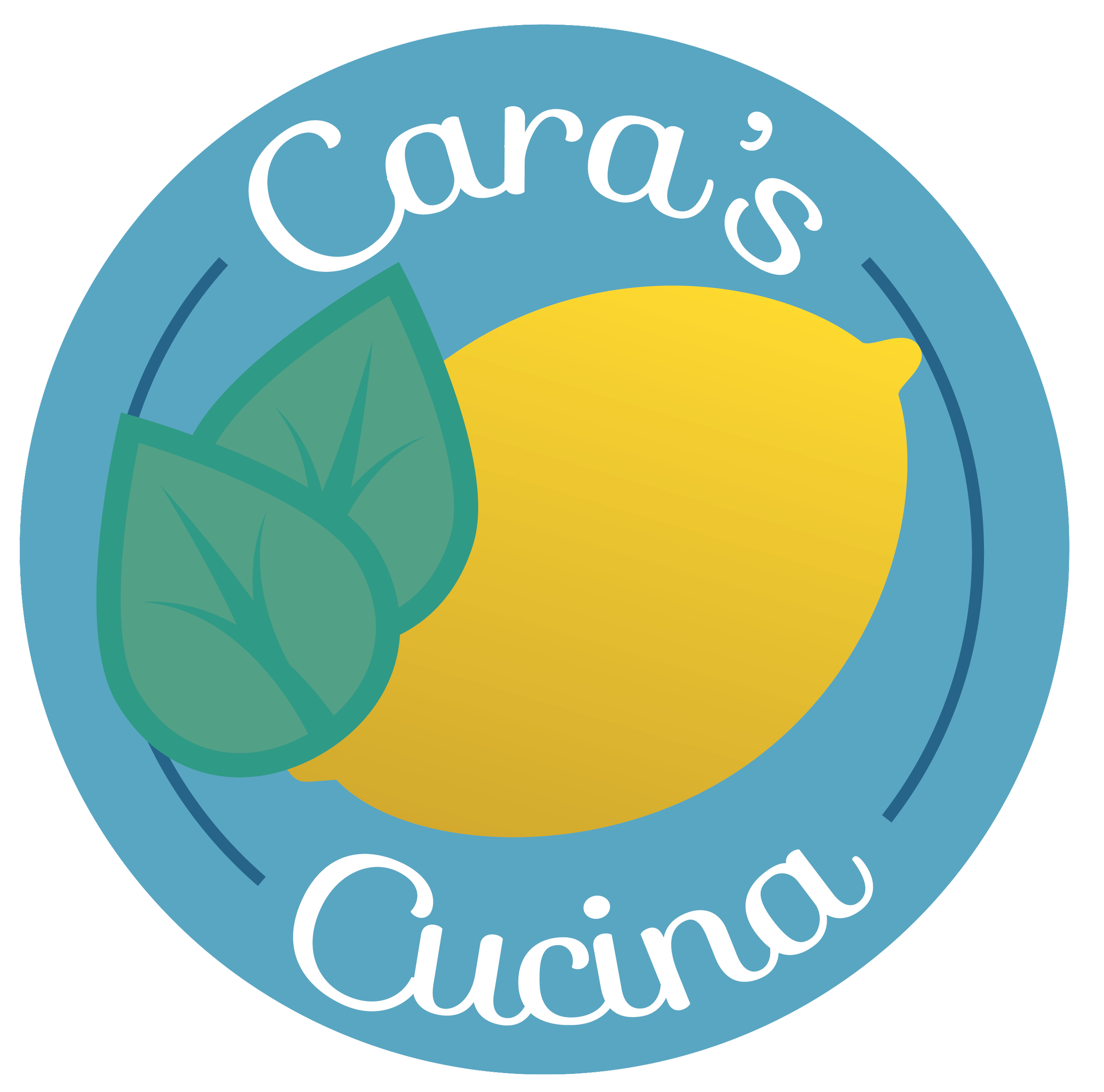Fresh Gluten Free Pasta
I’ve been teaching hands-on (and now virtual) cooking classes for a while now. And a question I get over and over again is how to make gluten free pasta! I finally found a good answer! My friends over at Caputo gave me a bag of their gluten free flour and it works PERFECTLY with my fresh pasta recipe! The dough comes together easily, and the final product tastes delicious!
The flour is a blend of corn, buckwheat and rice flours, and it does feel differently in your hands than an all-purpose or a 00 flour, but it doesn’t change the end result! The one thing I did notice while working with the flour was that the dough was NOT happy on its way through the hand-crank pasta machine. I tried several times and it would shred to pieces every time; even on the widest setting. I took that as an opportunity to demonstrate the most basic method of making pasta at home. Truly hand-cut pasta!
I’ve always made pasta with my machine, but I understand not everyone has one at home. So this method is really for everyone! It won’t be perfect, it doesn’t have to be! Simply roll the dough into a rectangle, about an eighth of an inch thick. Fold it into thirds lengthwise and slice into strips. You can make the strips of pasta as thick or as thin as you’d like! Set the pasta onto a floured sheet pan until all of your dough is formed. At this point, you can place the whole tray in the freezer for 30 minutes before transferring the pasta to a baggie to use another time; or let it sit out while you bring your water to a boil. Just like regular fresh pasta, this gluten free version is ready as soon as it floats to the top! No difference in cooking time! Serve gluten free pasta with your favorite sauce!
I hope you enjoy this recipe in good health! Buon appetito!
YOU MAY ALSO LIKE
FRESH PASTA DOUGH RICOTTA GNOCCHI SKINNY SCAMPI
SUMMER PASTA MARINARA SAUCE BASIL PESTO
Gluten Free Pasta Dough
Serves 4
2 C. Caputo Fioreglut Flour
4 eggs
*Sauce of choice for serving
Set up a clean work surface, with a small bowl of extra flour nearby, and a cookie sheet or other tray sprinkled with flour as well.
On you work surface place the flour and create a small “volcano” that does not go all the way down to the board and has sufficient side walls to hold liquid. Make sure the well is wide enough for the eggs.
Pour the eggs into the center. Use a fork, gently start to combine the flour and eggs, being careful not to reach down to the board (the eggs will stick) or break the side walls. If the egg starts to run down the side just toss some extra flour on it and bring it back towards the center with your hand. When the egg in the center starts to look like cake batter, you can begin using your hands.
Gently move the flour in, up and over the eggs. Then push down. Continue kneading until a soft, smooth dough forms. If your hands get coated, simply sprinkle some flour onto them and rub them together vigorously. If you have dough stuck to your board, use the side of your fork to scrape it up. Keep kneading until all the pieces have incorporated into your ball of dough.
Wrap the dough tightly in plastic wrap or cover it with a damp kitchen towel. Set aside.
Cut about 1/4 to 1/3 of the dough off of the ball, keep the rest of it wrapped. Form into a rectangle with your hands and begin to press it out flat. Roll it out thin with a rolling pin. Fold the dough into thirds lengthwise. Trim the left and right edges if desired, then cut the dough lengthwise to your desired thickness. Unroll the pieces and set your cut pasta onto your prepared tray. Continue in this way until all the dough is formed.
At this point you can freeze the pasta on the tray and then store in a bag in the freezer for later use. OR, bring a large pot of well salted water to a boil. Cook your gluten free pasta until it floats, drain it and toss it with your favorite sauce!



